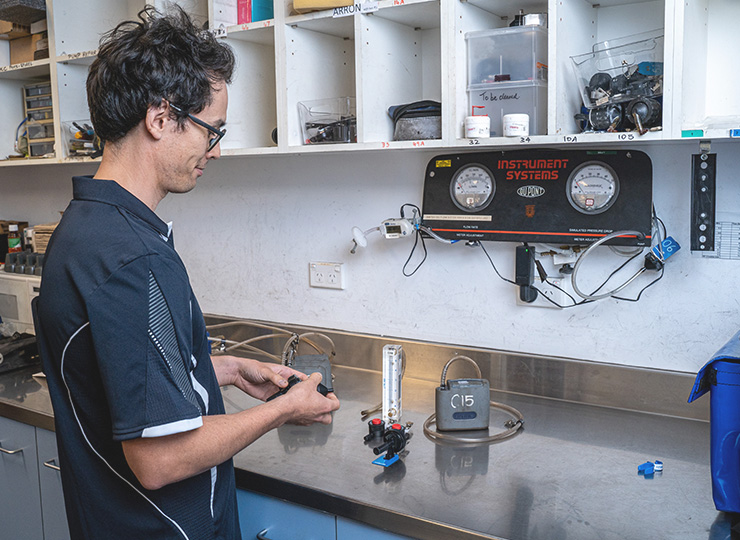Diesel Particulate Matter (DPM)
In June 2012, the International Agency for Research on Cancer (IARC), reclassified diesel engine exhaust to be a Group 1 agent – substances that are carcinogenic to humans.
The classification is based on the IARC working group’s conclusions that there is sufficient evidence to link exposure to diesel exhaust to an increased risk of lung cancer.
The NSW WHS (Mines and Petroleum Sites) Regulation 2022 outlines an 8-hour time-weighted average exposure standard for diesel particulate matter of 0.1mg /m3, measured as sub-micron elemental carbon.
Safe Work Australia has published a Workplace Exposure Limit for Diesel Particulate Matter of 0.01mg /m3, measured as respirable elemental carbon, which will become effective on the 1st of Dec 2026. This WEL reduction will require significant improvements in DPM exposure control at NSW coal mines, particularly during longwall relocation activities. At this stage, the current exposure standard specified in the NSW WHS (Mines and Petroleum Sites) Regulation 2022 will remain.
Coal Services and the Standing Dust Committee will focus on opportunities to support the NSW coal industry with its efforts to reduce worker DPM exposure levels.
Further information is available from the following links:
- Breathe Freely Australia website (includes a slide pack to assist with toolbox talks)
- ICMM Diesel Particulate Matter Good Practice Guide
Share this page

